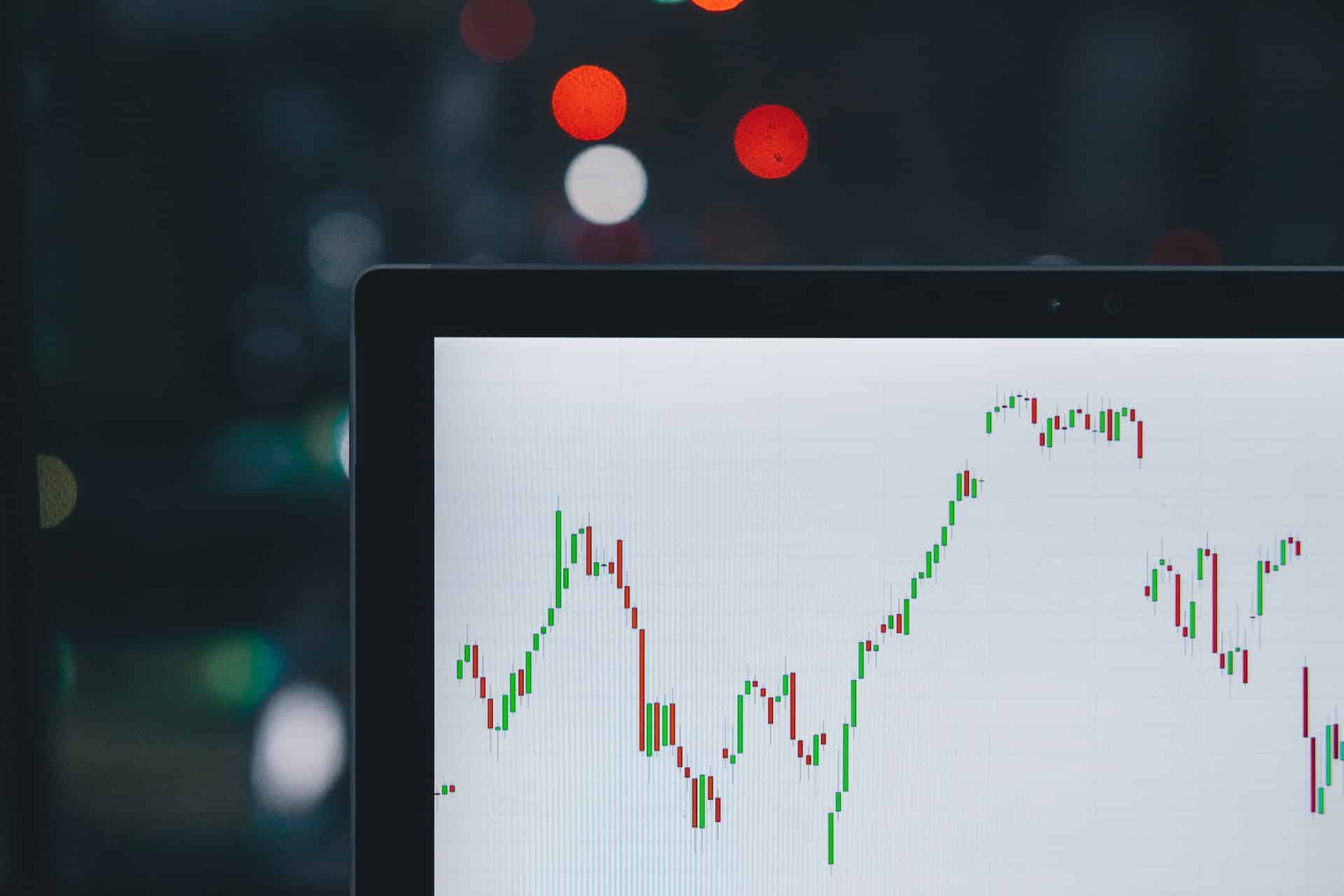A bear trap in crypto is a price chart formation that can catch traders off guard, resulting in potential losses. Read on to learn what a crypto bear trap is, why it occurs, and how to spot one.
What Is a Crypto Bear Trap?
A crypto bear trap is a false signal indicating a downtrend in the crypto markets that can mislead traders into panic-selling, resulting in potential losses.
However, in the case of a bear trap, the downtrend is short-lived, and the market rebounds, continuing on an upward trend. Consequently, traders who sell their assets during this time experience losses as they miss out on the price rally.
Crypto bear traps can be particularly painful for digital asset traders shorting the market, i.e., selling an asset in hopes of rebuying it at a lower price. The only problem is that since the price drop is short-lived, traders end up buying the asset at a higher price, resulting in a loss.

Bear traps usually result from fear, panic, or doubt, in contrast to their counterpart, the bull trap, which is fueled by greed. While it might seem like novice crypto traders are the only ones who fall for these short-lived occurrences, professional traders also experience losses from bull and bear traps.
What Causes a Bear Trap?
Several occurrences can cause a bear trap in the crypto markets.
FUD (Fear, Uncertainty, Doubt)
Fear, uncertainty, and doubt (FUD) can trigger market movements due to (true or false) news spreading in the industry concerning a coin, company, or project. This factor can cause traders and investors to panic and sell an asset before they believe its price could plunge further. If the news turns out to just be FUD, it can trigger a bear trap since the asset’s price is bound to recover.
Short Selling
Short selling involves a trader borrowing an asset from another trader, selling it at the current market price, and then waiting for the price to drop to repurchase the asset at a lower price to generate a profit. Coordinated short selling by malicious traders can potentially trigger a bear trap.
Regulations
If financial regulators, such as the US Securities and Exchange Commission, decide to target a specific cryptocurrency project, fear may spread among investors. This might create a bear trap, leading investors to sell their assets in panic, after which the market recovers again if regulatory actions turn out less harsh than expected.
How to Avoid a Bear Trap
There are several approaches you can take to reduce the risk of stepping into a bear trap when trading crypto assets. Let’s take a look at some of them.
Stop-Loss Limit
Implement a stop-loss feature, an automated directive to sell a specific asset once it goes beyond a pre-determined price, to protect yourself from extreme losses. While this order type can protect you from significant losses, placing it too close to market prices can be disadvantageous. A slight or temporary shift in the markets could trigger a false alarm when you could have benefited from your trades once the market recovers.
Emotional Control
While trading, being objective rather than emotional is your best chance at attaining the best results. Therefore, even though the future might look bleak, you will need to stay calm and gauge all possible outcomes. This way, the chances of making rash decisions and getting caught in a bear trap are minimized.
Stay Informed
Whether it’s through news, social media, or crypto forums, staying up-to-date will help you avoid falling victim to fake news that could cause a bear trap. Whatever headlines you see, make sure to cross-check them with other sources before making a trading decision based on them.
Wrapping Up
Fluctuating prices are common in the crypto market, which is why it has become so appealing to traders. But volatile, fast-moving prices also mean traders need to stay sharp and not fall for chart formations such as bear and bull traps, which can easily lead to unexpected losses.
In addition to keeping their eye on market-movement news headlines, traders should use a range of technical analysis indicators and risk management tools to increase their chances of making informed trading decisions while protecting their downside risk.




